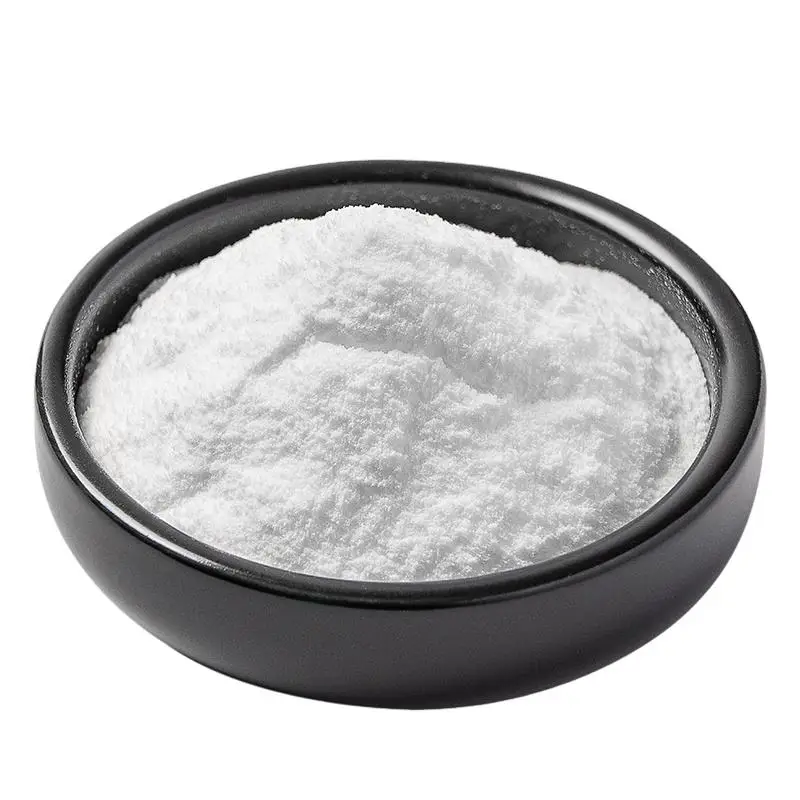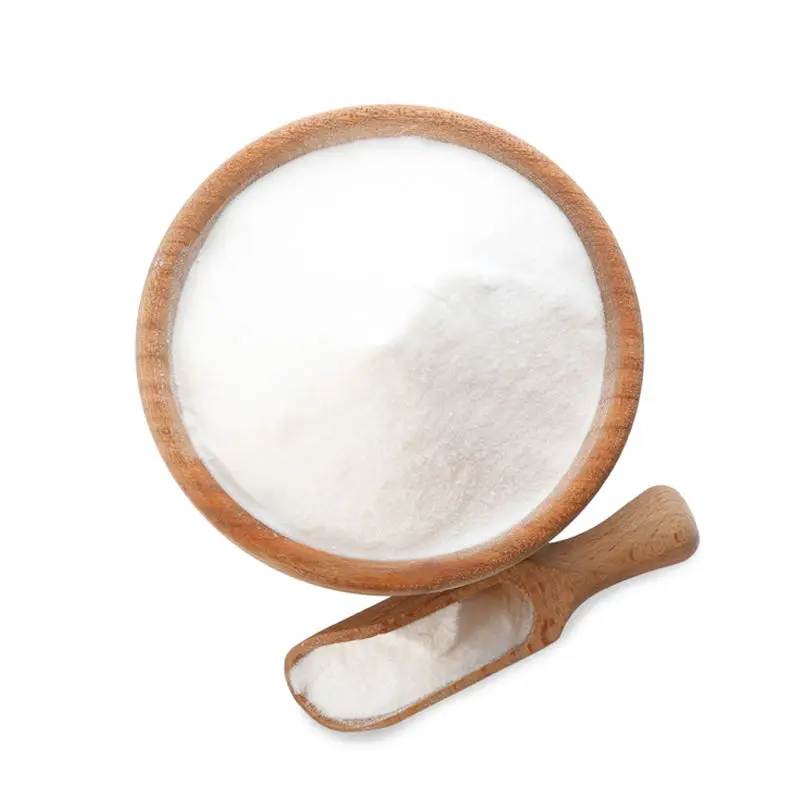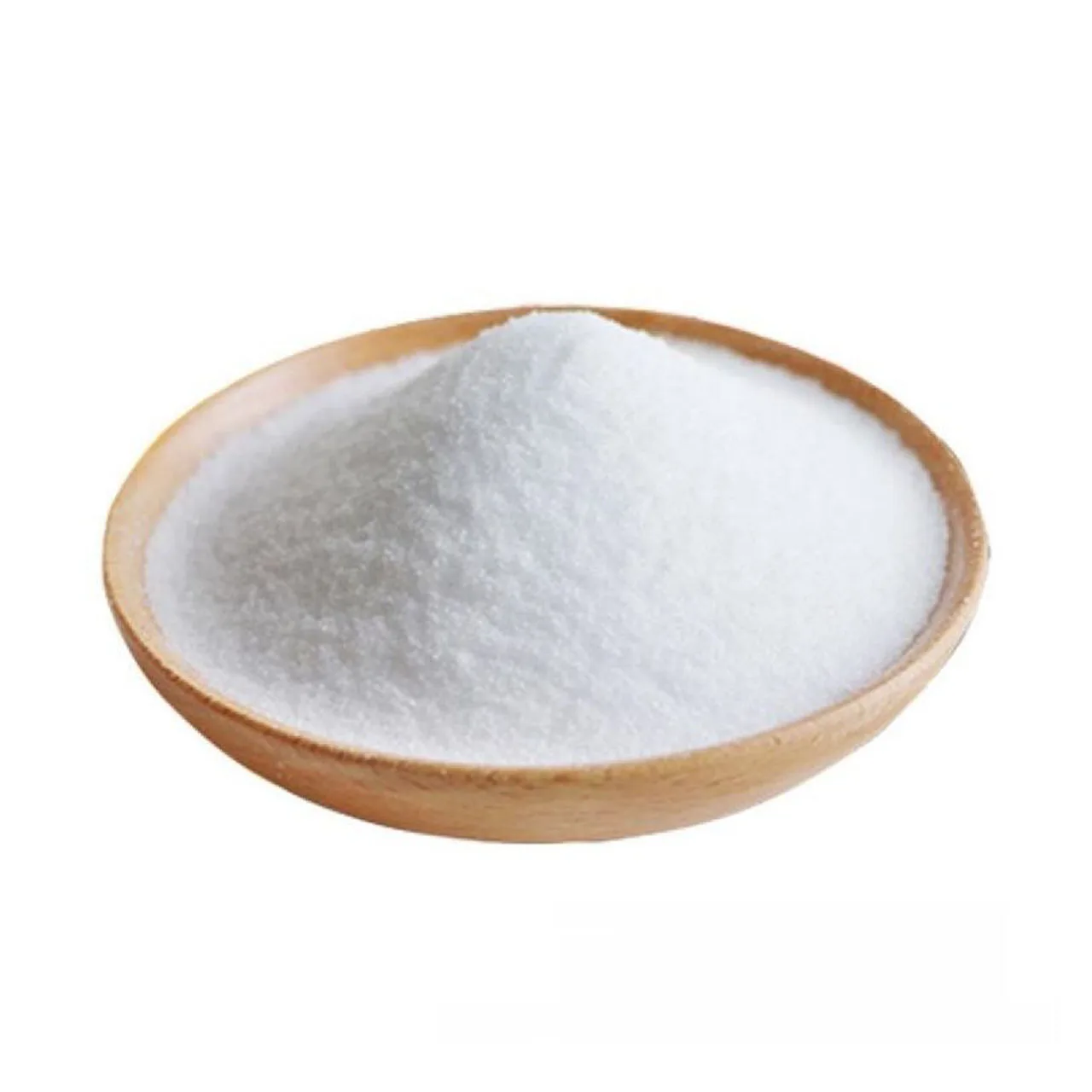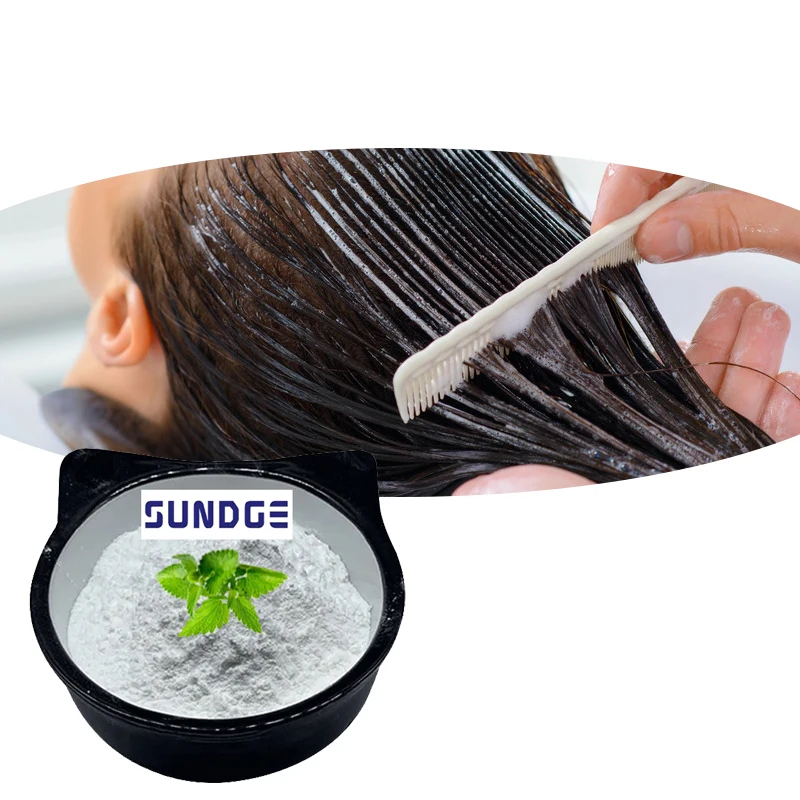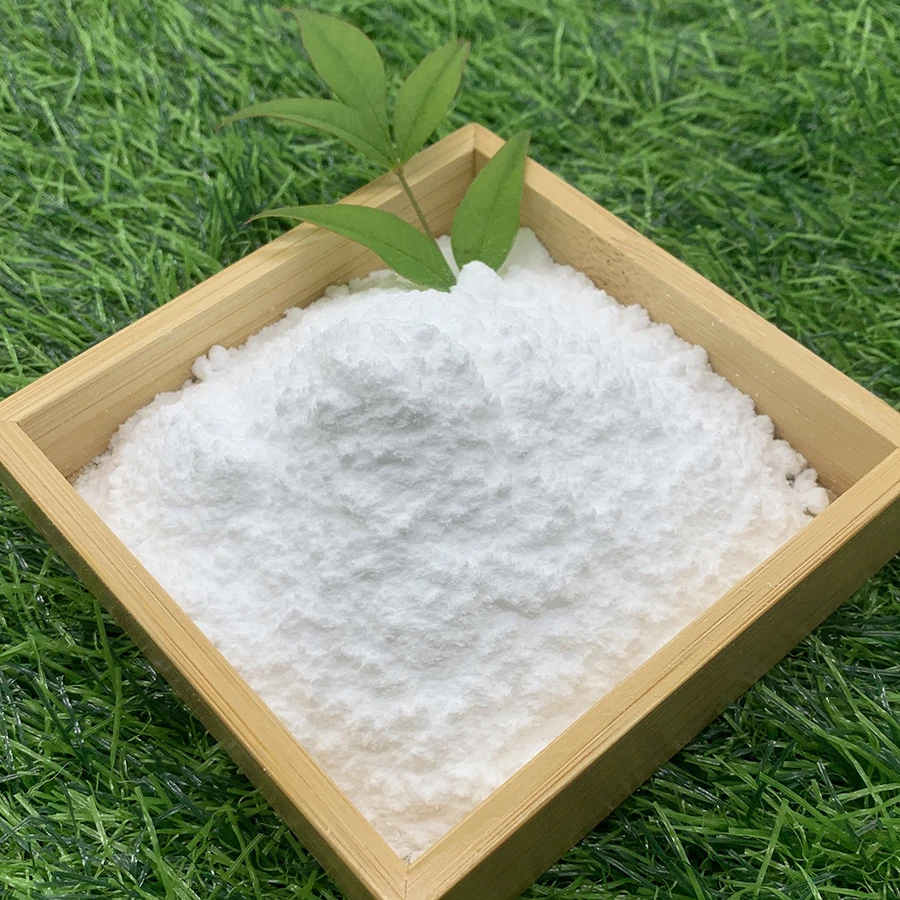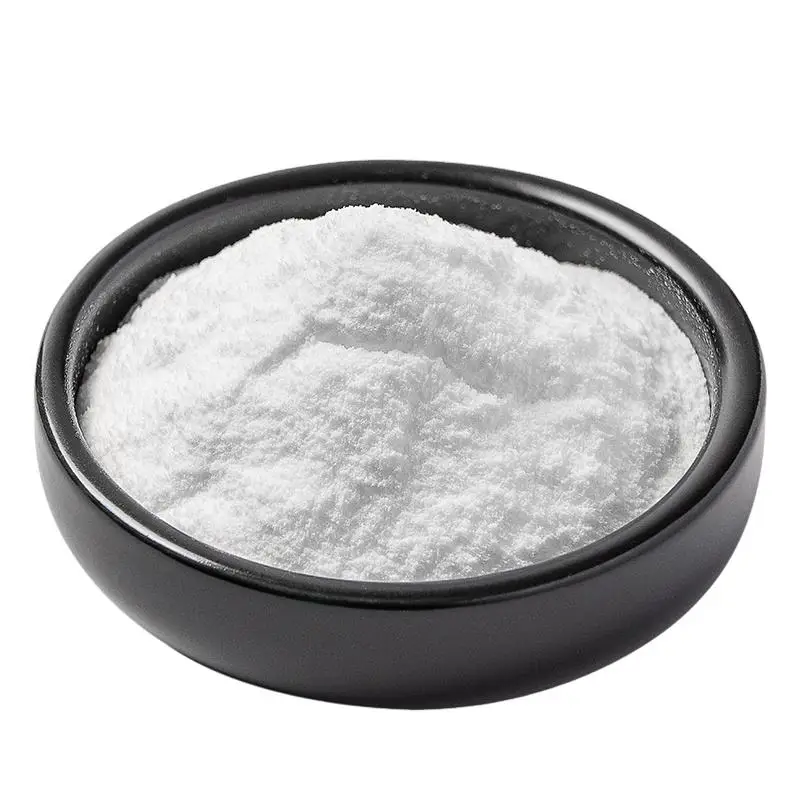Does the protective film formed by PVP have an impact on the taste and nutritional value of fruits and vegetables?
Under the premise of compliant use and reasonable process, the protective film formed by PVP has a very small overall impact on the taste and nutritional value of fruits and vegetables. It can even indirectly protect the taste and nutrition by delaying aging. Specifically, it can be analyzed in detail from the two dimensions of taste and nutritional value:
I. Impact on the Taste of Fruits and Vegetables: "Primarily protective, with almost no negative interference"
The core function of PVP protective film is to maintain the fresh state of fruits and vegetables. Its impact on taste is mainly reflected in "positive protection" rather than "negative change", which is specifically manifested as:
Maintain a crisp and tender/juicy texture and prevent wilting and spoilage
One of the core reasons for the deterioration of the taste of fruits and vegetables after picking is water loss (such as cucumbers becoming soft and lettuce wilting) and excessive sugar consumption through respiration (such as tomatoes losing their sweet and sour taste and apples having a floury texture).
The dense structure of the PVP membrane can effectively lock in moisture, reduce water loss caused by transpiration, and at the same time lower the oxygen concentration on the epidermis and slow down the respiratory rate - this means that fruits and vegetables can remain crisp and tender (such as carrots and celery) or juicy (such as oranges and pears) for a longer time when picked, and their sugar consumption is reduced. Avoid the bland taste and loose texture caused by "nutrient overdraft".
2. The protective film itself hardly changes the taste experience of fruits and vegetables
From the perspective of physical properties: PVP film is transparent, flexible and extremely thin (usually at the micrometer level), and it has no peculiar smell or obvious texture (such as sticky or rough feeling). When applied to the surface of fruits and vegetables, it does not cause the "astringent" or "greasy" foreign body sensation like some wax coatings.
From the perspective of residue and cleaning: PVP is highly soluble in water. When used in compliance with regulations, the residue on the surface of fruits and vegetables is extremely low (meeting the safety standards of institutions such as FAO and FDA), and can be removed simply by rinsing, further avoiding the interference of the film itself on the taste.
When used in combination, it can further optimize the stability of the taste
In practical applications, PVP is often compounded with calcium chloride (to enhance the toughness of cell walls), plant essential oils (to improve flavor stability), etc. For instance, when compounded with calcium chloride, it can reduce the "softness and rotting" of fruits and vegetables caused by the degradation of cell walls (such as the softening of the flesh during the ripening process of tomatoes), and indirectly maintain the taste. When blended with natural plant essential oils (such as lemon essential oil), it can slightly retain the natural aroma of fruits and vegetables and prevent flavor loss.
Ii. Impact on the Nutritional Value of Fruits and Vegetables: "Protect easily lost nutrients without additional damage or additives
The PVP protective film does not destroy the original nutritional value of fruits and vegetables. Instead, it can reduce nutrient loss through "physical barrier". The specific logic is as follows:
1. Reduce the loss of oxidized nutrients (core positive effect
Nutrients such as vitamin C, vitamin E, and carotenoids (such as beta-carotene) in fruits and vegetables are highly susceptible to oxidation and destruction by oxygen (for instance, when an apple is cut open and turns brown, the essence is the oxidation of vitamin C and polyphenols).
The "oxygen barrier" formed by the PVP membrane can reduce the oxygen concentration around the epidermis of fruits and vegetables, significantly slowing down the oxidation rate of these nutrients. Studies have shown that green peppers, strawberries and other crops treated with PVP coating have a vitamin C retention rate 10% to 20% higher than that of the untreated group under the same storage conditions, effectively maintaining their core nutritional value.
2. Slow down respiration and reduce nutrient consumption
After being picked, fruits and vegetables still consume their stored nutrients such as sugars, organic acids and amino acids through respiration (for example, the sprouting of potatoes consumes starch, leading to a decline in nutritional value). The PVP membrane can reduce these "endogenous nutrient consumptions" by suppressing the intensity of respiration, thus preventing the decrease in nutrient density of fruits and vegetables caused by "self-metabolism".
3.PVP itself does not introduce additional nutrients and does not damage the original nutritional structure
As a compliant food additive (E1201), PVP has a stable molecular structure. During the storage and consumption of fruits and vegetables (including before washing and cooking), it will not undergo chemical reactions with macronutrients such as carbohydrates, proteins, and fats in fruits and vegetables, nor will it decompose to produce harmful substances. At the same time, PVP itself does not contain vitamins, minerals or other nutrients. It will neither "add extra" the nutrients of fruits and vegetables nor "dilute" the original nutrients (as the residual amount is extremely low).
4. Avoid nutrient deterioration caused by microbial spoilage
The antibacterial property of PVP can reduce the growth of mold, bacteria and other microorganisms on the surface of fruits and vegetables. Microbial spoilage not only leads to the rotting of fruits and vegetables (making them inedible), but also may produce toxins (such as penicillin-like substances produced by Penicillium), or decompose nutrients in fruits and vegetables (such as bacteria decomposing proteins to produce unpleasant odors). From this perspective, PVP film indirectly protects the nutritional safety of fruits and vegetables by preventing spoilage.
Iii. Potential Impacts to Be Noted and Actual Control Measures
Under extreme or non-standard usage, there may be slight negative impacts, but in practical applications, they can be avoided through process optimization
If the PVP film is overly dense (such as when the concentration is too high or the drying is too fast), it may cause the pores on the surface of fruits and vegetables to be blocked, triggering "anaerobic respiration" (producing substances like alcohol and acetaldehyde), which in turn leads to the fruits and vegetables developing a "wine-like" or "off-flavor", indirectly affecting the taste and nutrition (alcohol may destroy some vitamins). However, in industrial applications, this problem can be avoided by adjusting the PVP concentration (typically 0.5%-2%) and compounding breathable substances (such as a small amount of glycerin to increase the membrane's breathability).
If the residual amount of PVP exceeds the safety standard, it may cause a slight "astringency", but in compliant production, the usage is strictly controlled, and the easy-to-clean feature can further eliminate the risk of residue.
Summary
Under the premise of compliant use and reasonable process, PVP protective film does not negatively interfere with the taste and nutritional value of fruits and vegetables. Instead, it has a positive protective effect: it can not only maintain the crispness, juiciness and natural flavor of fruits and vegetables, but also reduce the oxidation loss of easily lost nutrients such as vitamins. It is a "protective" preservative coating. Consumers need not worry that it will change the original quality of fruits and vegetables. They just need to wash them routinely before eating.
Recommended Products
Hot News
-
Nanjing SUNDGE Chemical New Materials Co., Ltd. participates in the 2025 CPHI China exhibition to jointly expand the global pharmaceutical new materials market
2025-07-10
-
Based on the law, ensure the quality and safety of veterinary drugs-SUNDGE participated in the veterinary drug industry management training
2025-01-08
-
SUNDGE Nanjing Ali Center Outbound Visit
2024-10-28
-
The Turkish guests visited the factory and reached the intention of cooperation
2024-09-13
-
SUNDGE Successfully Exhibited CPHI South China Station
2024-02-28
-
SUNDGE participates in the course "Annual Business Plan and Comprehensive Budget Management
2024-02-28
-
Watch and help each other! SUNDGE donates 10000 yuan to the Gansu earthquake stricken area
2024-02-28
-
Good news - The company has successfully obtained the Veterinary Drug Business License Certificate
2024-02-28

 EN
EN
 AR
AR
 NL
NL
 FI
FI
 FR
FR
 DE
DE
 EL
EL
 HI
HI
 IT
IT
 JA
JA
 KO
KO
 NO
NO
 PL
PL
 PT
PT
 RO
RO
 RU
RU
 ES
ES
 SV
SV
 CA
CA
 TL
TL
 IW
IW
 ID
ID
 SR
SR
 UK
UK
 VI
VI
 SQ
SQ
 ET
ET
 HU
HU
 TH
TH
 TR
TR
 FA
FA
 MS
MS
 CY
CY
 BE
BE
 BN
BN
 BS
BS
 EO
EO
 LO
LO
 LA
LA
 MN
MN
